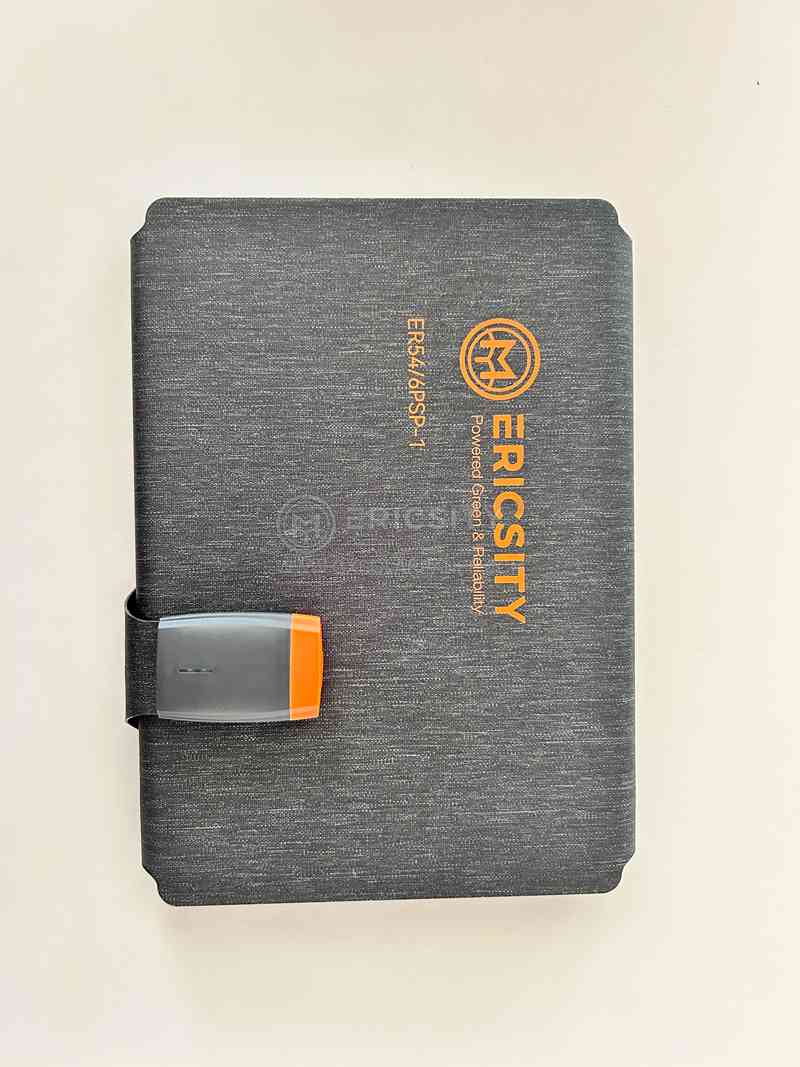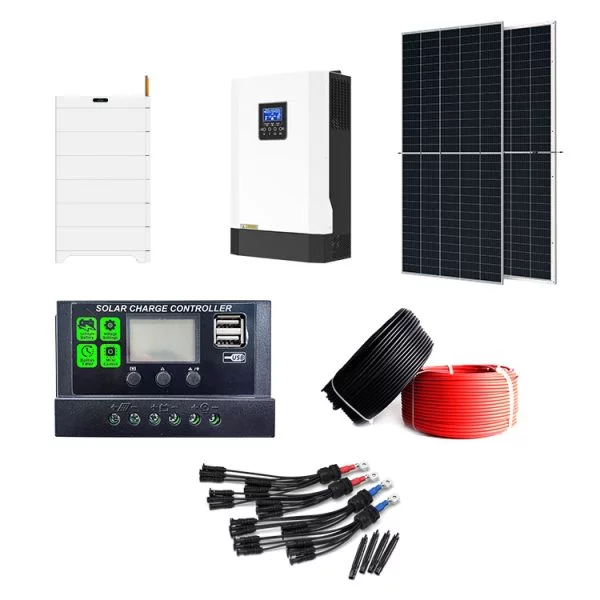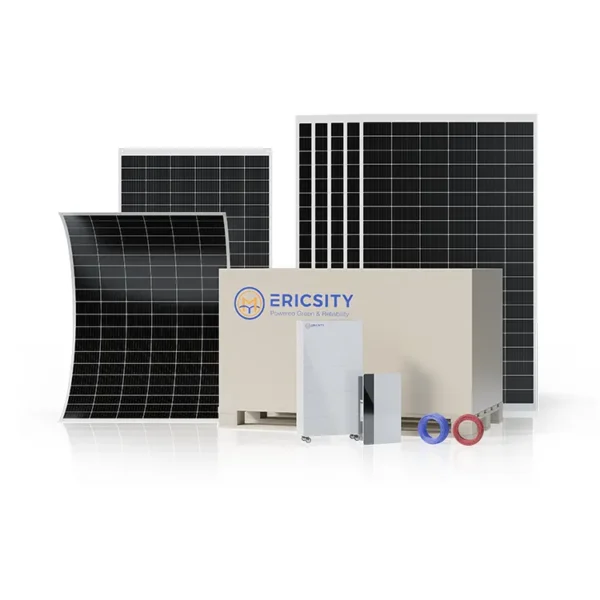HOT PRODUCT
Product Details
semi-flexible Solar Panels: A Brighter Future For Developing Countries
Title: Semi-flexible Solar Panels: A Brighter Future For Developing Countries
Introduction (approx. 100 words)
In today’s world, access to clean and affordable energy is a pressing issue, particularly for developing countries facing energy poverty. However, thanks to advancements in solar panel technology, semi-flexible solar panels are offering a promising solution. These lightweight and portable panels provide a sustainable and cost-effective source of electricity, addressing the energy needs of remote and off-grid communities. This article explores the advantages and applications of semi-flexible solar panels, highlighting their potential to bring a brighter future to developing countries.

1. The Advantages of Semi-flexible Solar Panels (approx. 200 words)
Semi-flexible solar panels possess several advantages that make them a practical choice for developing countries:
a) Lightweight and Portable: Unlike traditional rigid solar panels, semi-flexible panels are made with lightweight materials such as thin-film technology, allowing for greater flexibility and easy transportation. Their small size makes them ideal for remote communities, where infrastructure limitations can make installation and maintenance challenging.
b) Versatility in Installation: Semi-flexible solar panels can be mounted on a wide range of surfaces, including curved or uneven ones, offering greater installation flexibility. This adaptability allows for creativity in maximizing solar energy potential, even in constrained or limited spaces.
c) Durability: Designed to withstand harsh weather conditions, semi-flexible solar panels are made with durable materials that make them more resistant to impact, bending, and vibrations. This durability ensures longer lifespan and increased reliability, crucial factors considering the challenging conditions often faced by developing regions.
2. Applications in Developing Countries (approx. 300 words)
Semi-flexible solar panels are revolutionizing the energy landscape in developing countries, enabling access to electricity in areas where traditional grid infrastructure is absent or unreliable. Here are some of the key applications:
a) Off-grid Energy Solutions: In many remote communities, access to electricity is limited or non-existent. Semi-flexible solar panels can be used to power small appliances, lighting, or charge batteries, providing essential electricity for basic needs, education, and healthcare. By harnessing sunlight, these panels offer a sustainable off-grid energy solution for these communities, improving their quality of life.



b) Portable Charging Stations: Semi-flexible solar panels can be incorporated into portable charging stations, enabling individuals to charge their devices such as phones, tablets, or even small medical equipment. These stations can be set up in areas without access to reliable electricity, aiding communication, entrepreneurship, and emergency healthcare services.
c) Productive Use in Agriculture: Agriculture plays a vital role in developing economies. Semi-flexible solar panels can power irrigation systems, water pumps, and small machinery, increasing agricultural productivity and efficiency. This not only boosts local economies but also contributes to food security and reduces the reliance on traditional fossil fuel-based technologies.
d) Microgrids and Community-Level Solutions: Semi-flexible solar panels can also be utilized to create microgrids, connecting several households or a whole community to a shared renewable energy system. Community-level solutions allow for cost-sharing and greater energy independence, fostering local economic development and reducing carbon emissions.
Conclusion (approx. 100 words)
Semi-flexible solar panels have the potential to provide reliable, sustainable, and affordable electricity to communities in developing countries where energy poverty persists. Thanks to their lightweight design, versatility, and durability, these panels offer numerous advantages and applications. By embracing this decentralized and clean energy technology, developing countries can leapfrog traditional energy infrastructure, empowering their residents and creating a brighter, more sustainable future for all.




